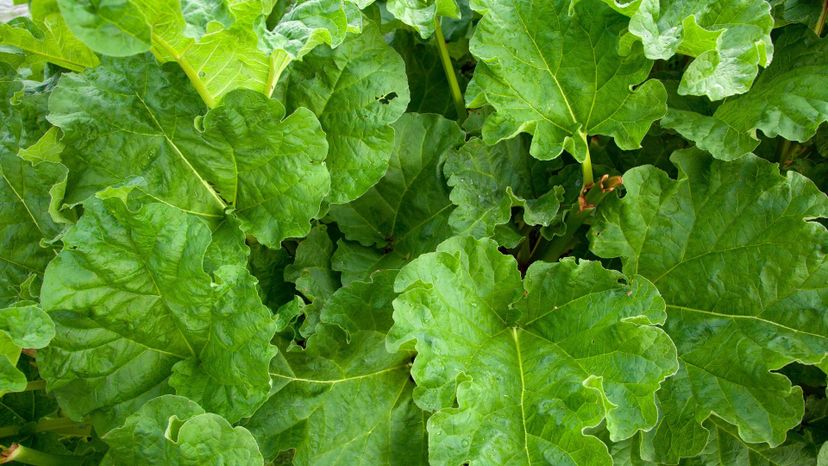
About This Quiz
If you've ever heard the saying "all that glitters is not gold," then you know exactly where we're going with this one. Not every pretty plant you makes great decor. In fact, if you touch some of them, it could be the last thing you do. But trying to determine whether you should eat the red or blue berry takes a lot more than just looking at it. You've got to know all about the plant, what it could do and how the symptoms be cured -- if possible. So we're going to test some of that today.
While we won't be asking you about symptoms and medications, we will ask you to identify the dangerous plants in our photos. We'll even give you a clue as to what its name could be in the questions to point you in the right direction. All of this is for us to test your knowledge of some of the most poisonous plants that make their home on this planet.
This kind of information could save your life, so it's imperative that you know the difference between wolfsbane and a buttercup. Can you really name all these poisonous plants from a few pictures?
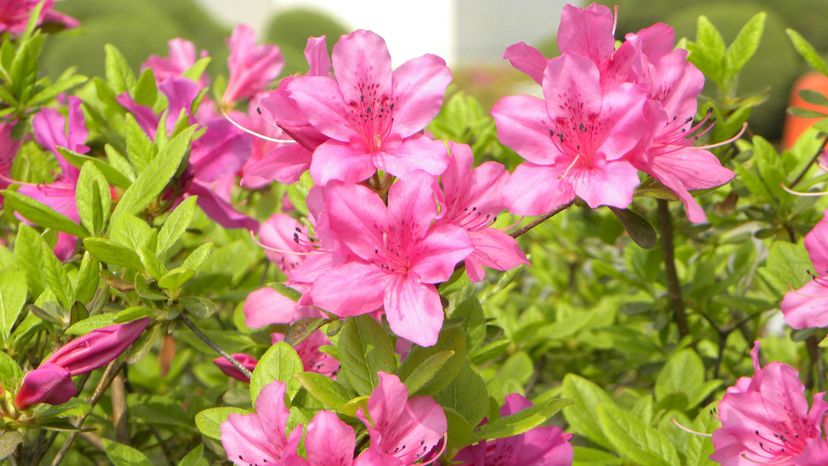
Azaleas are slow-growing poisonous plants native to Asia, Europe and North America. The highly toxic plant contains andromedotoxin in its nectar and leaves. In parts of Turkey, bees are purposefully fed the nectar of the azalea plant to produce the lethal "mad honey," which is said to have mind-altering potential.
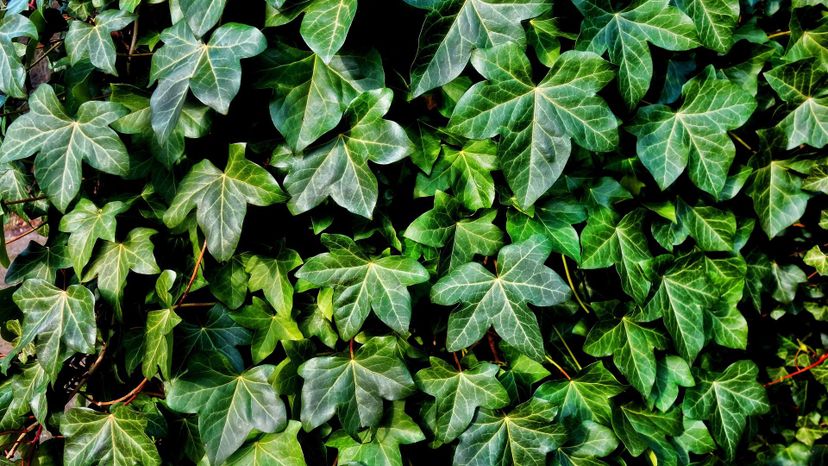
These woody vines produce leaves with three to five lobes and can survive in poor soil conditions, making them simple to plant and grow. The plant can cause itchy, uncomfortable rashes on the skin when contacted. The clear liquid component of the plant, called urushiol, gives the plant its infamous reputation.
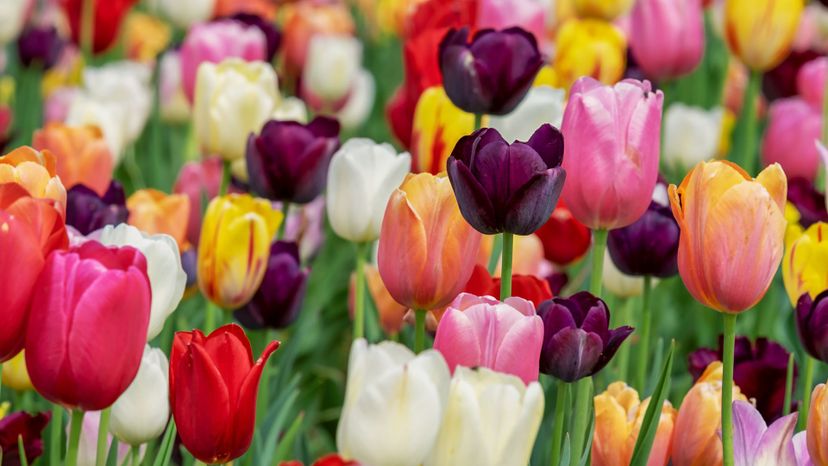
These beautiful blooming plants contain tulipalin A, which induces dermatitis and is toxic to cats, dogs and horses. The plant has large, brightly colored flowers that come in a variety of colors. Tulips flower in the spring and go dormant in the summer.
Advertisement
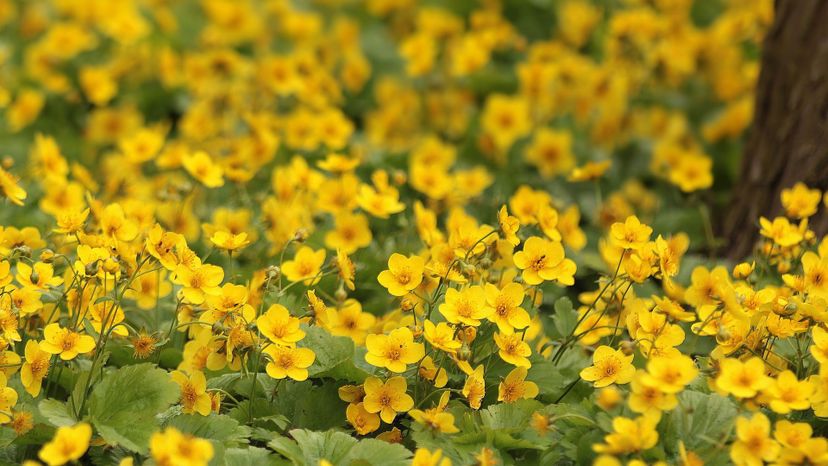
Commonly found in fields and woody areas, the buttercup plant has fibrous roots with loosely gathered flowers. The plant contains a toxin called protoanemonin, which is present in the sap and is most toxic while the plant is flowering.
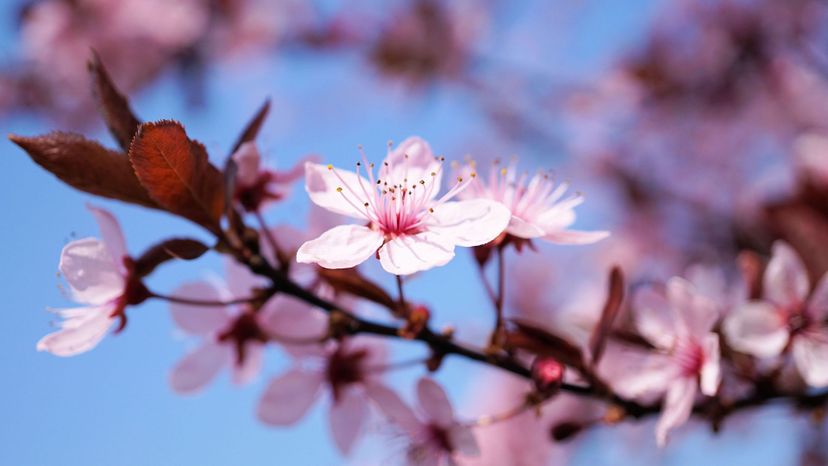
The cherry plant produces a dark red fruit during the summer season that is edible. However, the twigs and leaves of wild cherry plants contain prunasin, which is hyrdolyzed to produce cyanide. When ingested, this can be fatal, but the poison loses its harmful effect when the leaves are wilted.
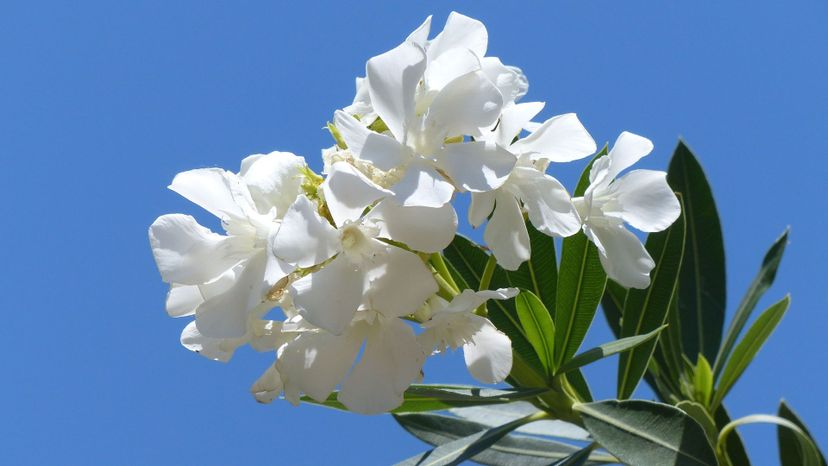
This is one of the most poisonous common garden plants there is. Oleander produces beautiful five-petal flowers that are attractive in gardens. The toxin in this plant is called oleandrin, which is found in high amounts in the plant's sap. When ingested, the nauseating taste of the sap can induce vomiting, and eating enough of the plant can cause death.
Advertisement
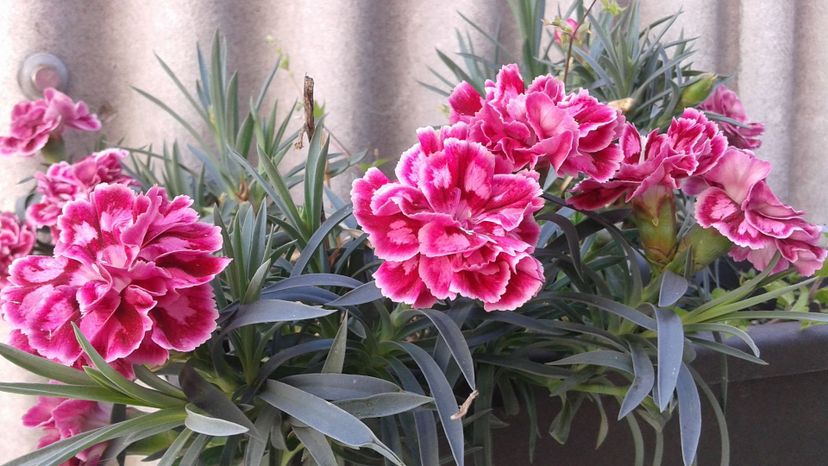
The leaves of this perennial flowering plant contain a toxin that has the ability to irritate skin upon exposure. This plant is low in toxicity, but nausea can be experienced if sufficient quantities are eaten.
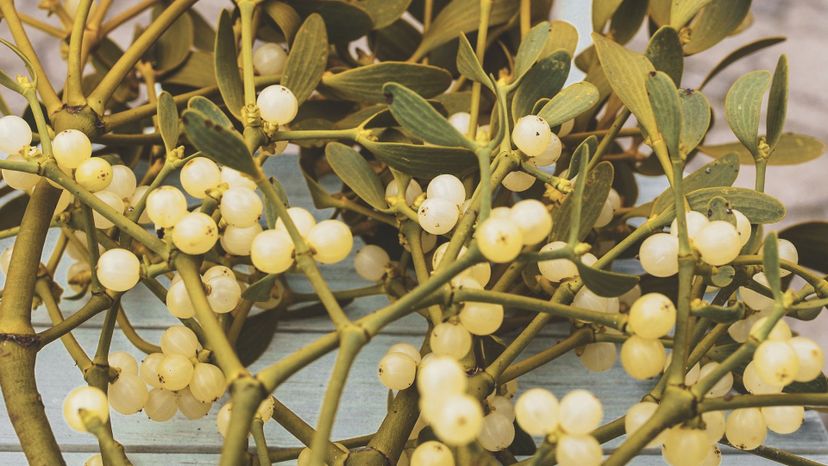
This is an evergreen shrub that produces white berries which contain toxic amines and is fatal if eaten in large quantities. Synonymous with the Christmas season, this evergreen is often used in decoration. Children account for 92% of cases of mistletoe poisoning.
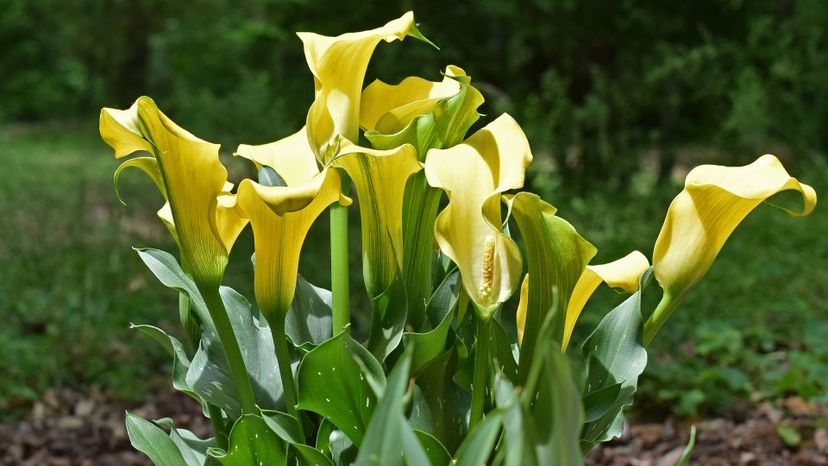
Cats and dogs need to steer clear of this plant. Symptoms of calla lily poisoning include a burning sensation of the mouth, throat, lips and tongue and difficulty swallowing. All parts of the calla lily are considered toxic.
Advertisement
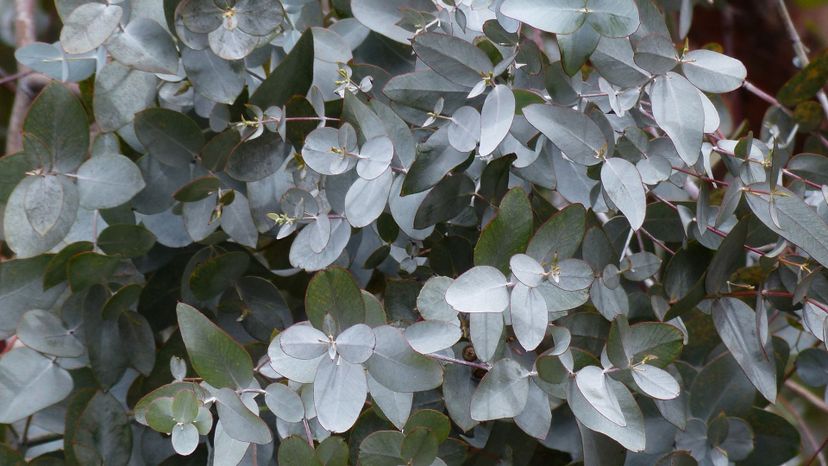
The eucalyptus leaf contains a chemical that is said to aid in the control of blood sugar. The essential oil found in the leaf is called eucalyptol and is unlikely to be harmful if consumed by humans. However, any amount of this leaf can be harmful to dogs, cats and horses.
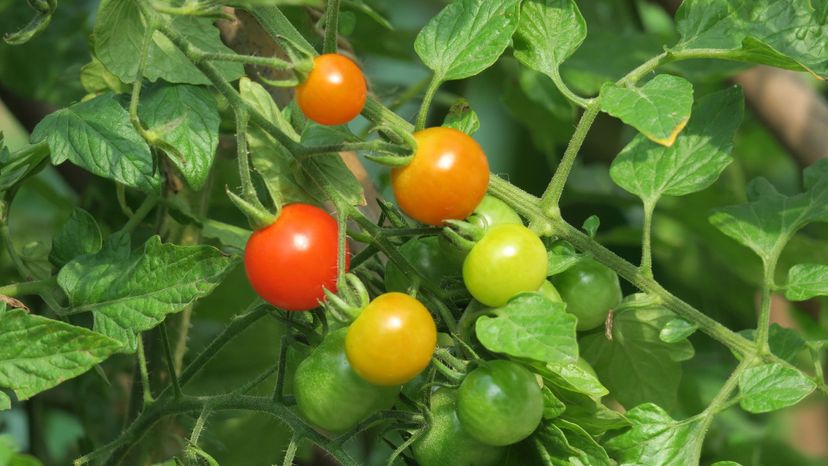
While tomatoes are totally safe for humans, the leaves and stem of the plant can make small animals sick. The tomato plant is a member of the nightshade family and contains the toxin solanine. This toxin is part of the plant's defense mechanism to deter animals from eating it. The heaviest amount of the toxin is in the plants' leaves and stems.
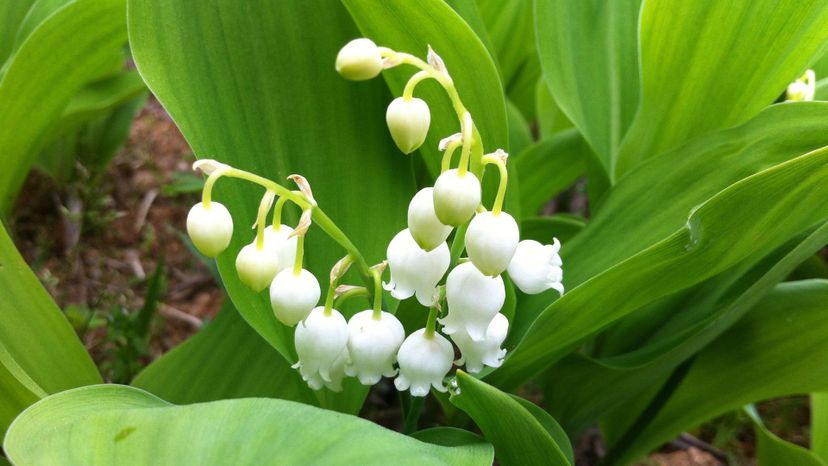
This flowering spring plant flourishes in woodland areas and is especially fatal if ingested by children. The plant contains over 30 cardiac glycosides, which have the ability to inhibit the heart's pumping ability.
Advertisement
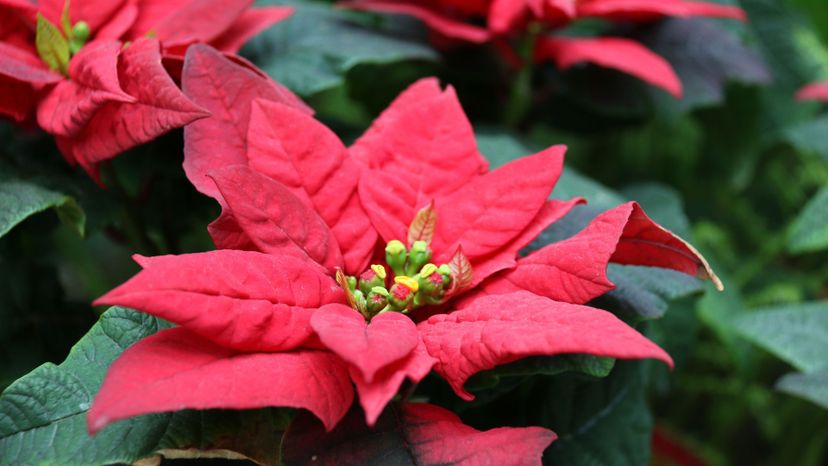
Noted for their showy appearance and use as decoration during the Christmas season, the poinsettia has the ability to cause severe skin rashes because of its ability to produce latex. Accidental ingestion of the poinsettia leaf can also cause nausea and vomiting in some cases.
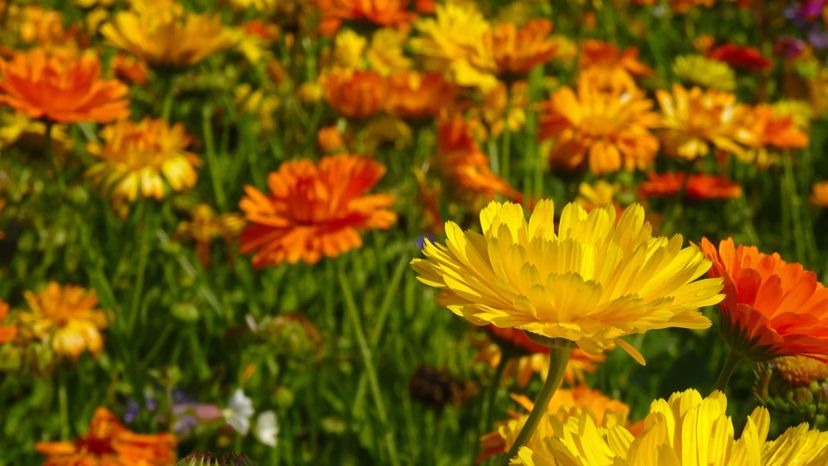
The flowering blooms, stem and leaves of the marigold plant contain phototoxic thiophene derivatives, which actually have little effect on humans. However, when exposed to a combination of sun and marigold cell sap, the skin can become red and irritated.
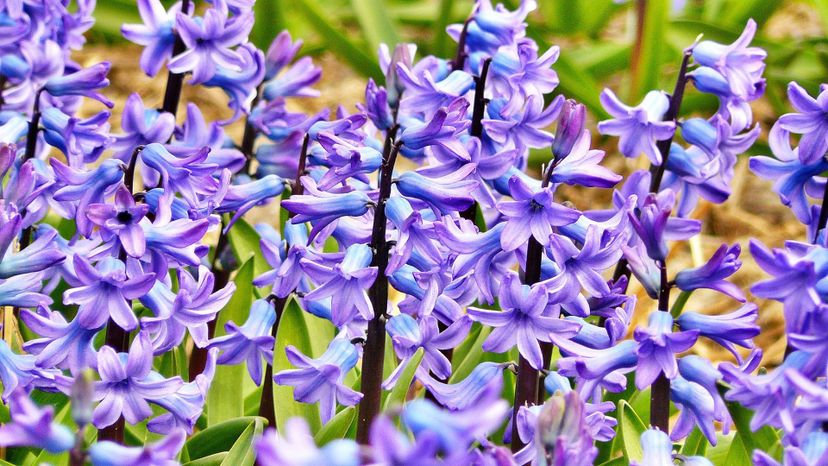
Hyacinth plants grow from bulbs that contain oxalic acid, which can be harmful or potentially fatal if ingested or inhaled. Make sure you wear gloves when planting this flower!
Advertisement
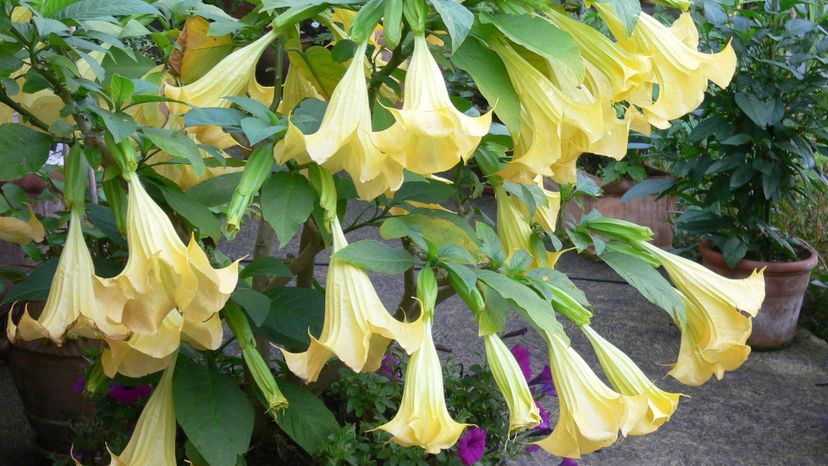
Every part of this show-stopping plant is highly poisonous. Angel's trumpet contains the toxic alkaloids scopolamine, atropine and hyoscyamine, which in modern medicine have been synthesized and used under doctor's supervision. One of the more unexpected ways this poisonous plant affects humans is when an unsuspecting gardener handles the plant and rubs their eyes or consumes food after.
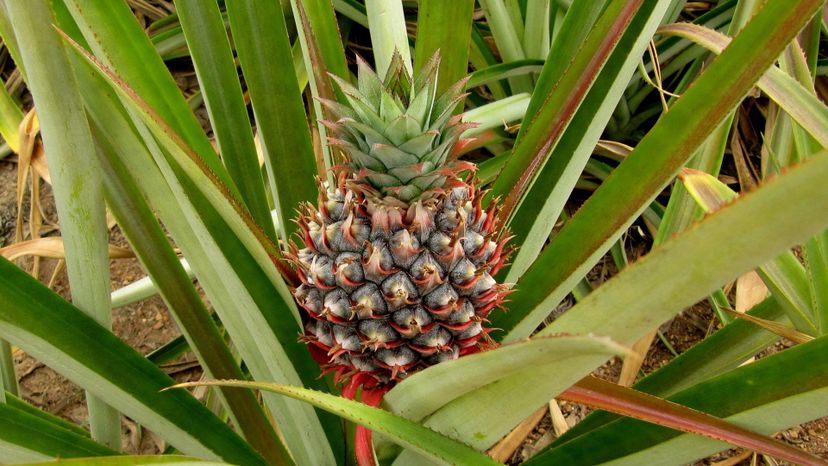
Although the outside of this sweet fruit is not poisonous, some people do experience toxic effects from ingesting pineapples. The unripe thorns, flesh and leaves of the plant can be poisonous due to the enzyme bromelain, which is used in the meat industry as a tenderizer. Symptoms of bromelain ingestion include swelling and tenderness around the mouth.
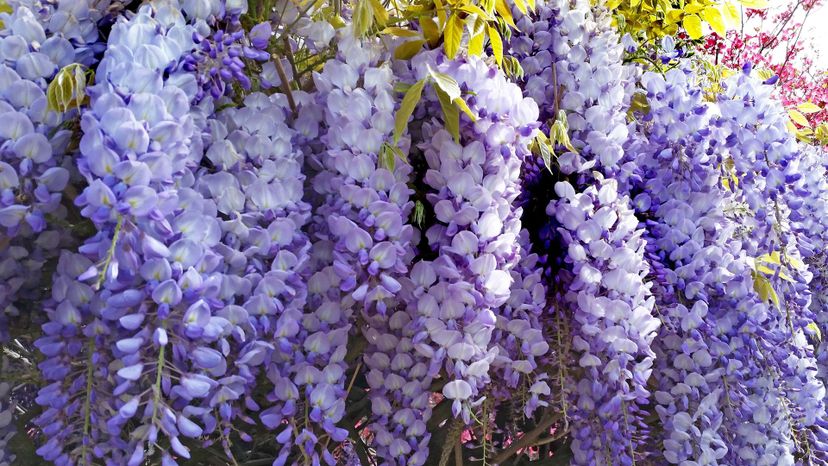
Producing large, long blooms that captivate the eye, the wisteria plant contains wisterin glycoside and lectin, which can cause severe diarrhea and vomiting, which can result in dehydration and death. It only takes a few seed pods to be consumed for the deadly effect of the wisteria plant to kick in.
Advertisement
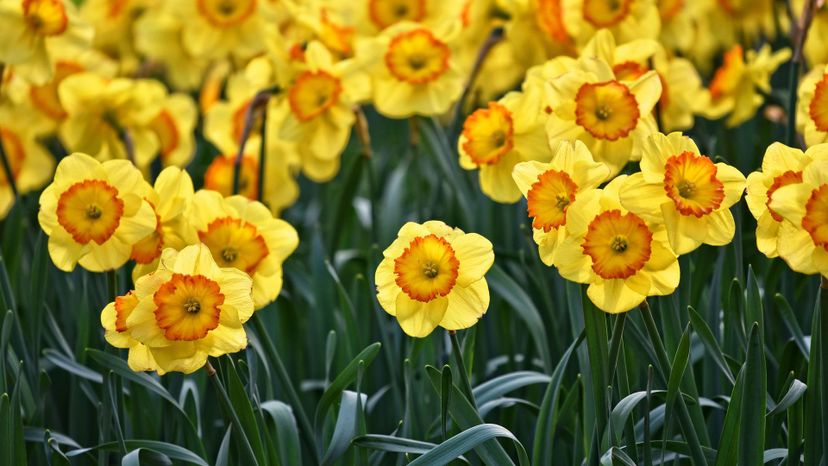
This spring flowering bulb plant is native to Europe, Asia and North Africa and contains the alkaloid poison lycorine. The bulbs of the daffodil are often mistaken for onions and can accidentally be ingested, which can lead to accidental poisoning. Handling the plant can lead to fissures, scaling and itching of the hands.
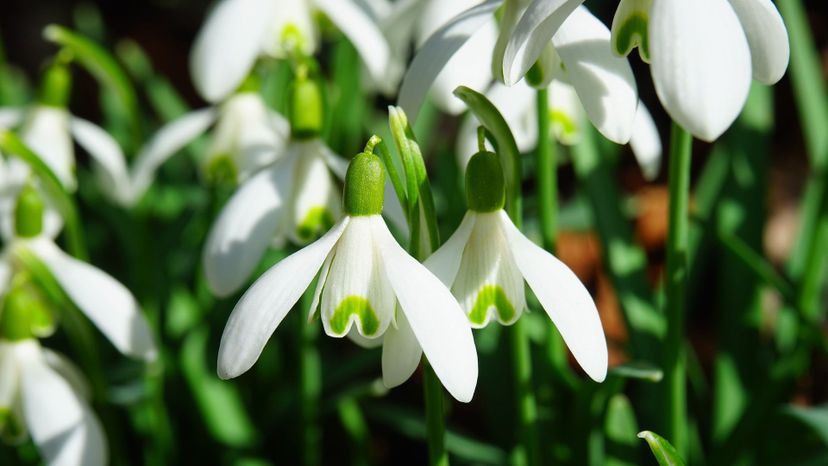
Often used as an ornamental flower, this bulbous plant with strappy leaves contains the chemical lycorine, which wreaks havoc on the gastrointestinal system if ingested. An active ingredient in the plant called galantamine can be used to aid in the treatment of Alzheimer's disease, but it is harmful to pets.
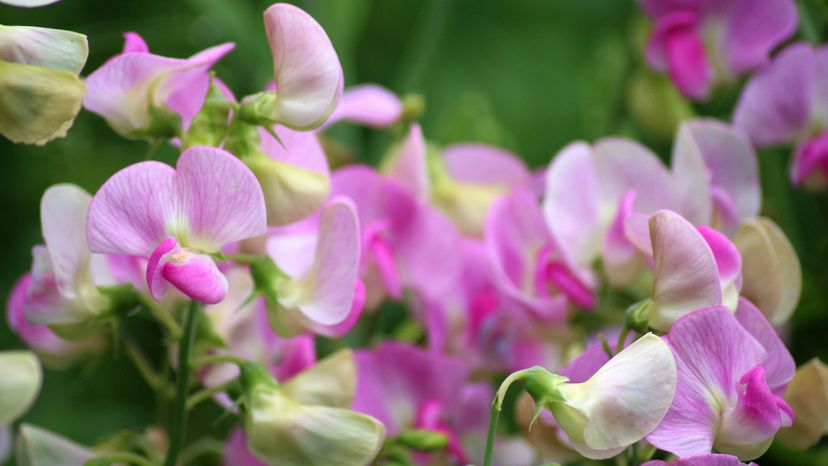
The colorful and fragrant sweet pea is a favorite of gardeners. However, it contains an amino acid called aminopropionitrile, which can cause neurological and musculoskeletal weakness, lethargy, tremors and seizures if ingested.
Advertisement
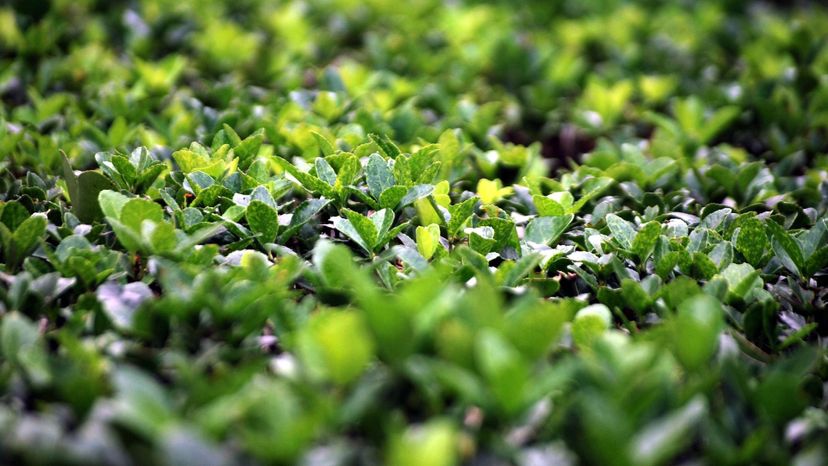
This glossy, dense shrub can be bent and shaped into different formal structures. Boxwood contains steroidal alkaloids, which is toxic to people and pets. All parts of this plant is poisonous, and when it comes into contact with skin, it can cause minor skin irritations. If eaten, it causes nausea, vomiting, diarrhea and convulsions.
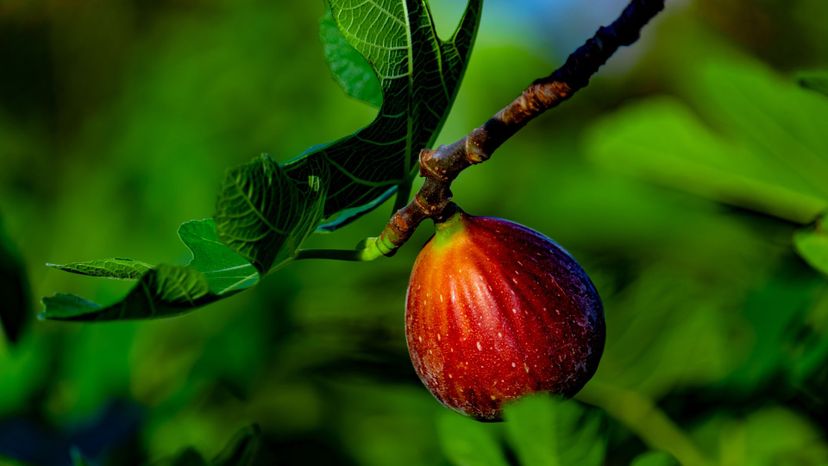
This common household plant grows in a variety of shapes and sizes. The sap in fig leaves can be irritating to dogs, cats and horses and causes dermal and gastrointestinal irritation.

With its long history as a topical medication used for the treatment of wounds, yarrow is a powerful plant. The plant contains toxic glycol alkaloids and volatile oils that cause drowsiness, lethargy, increased urination, vomiting and skin irritation. However, yarrow poisoning is rare.
Advertisement
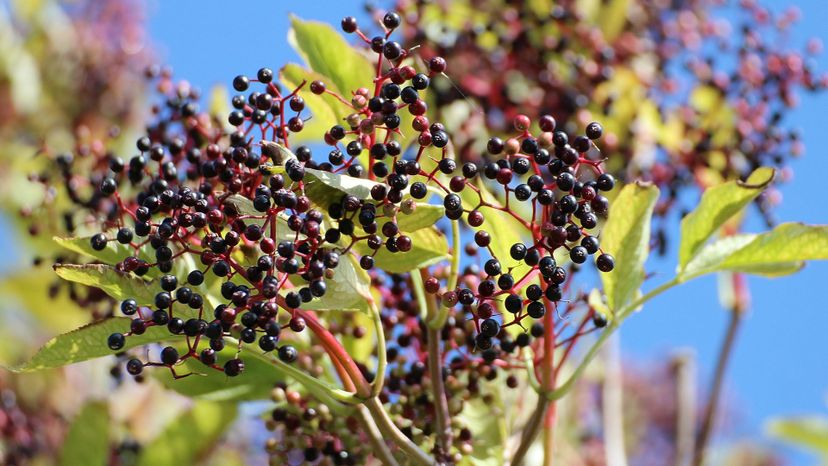
This plant produces a dark purple berry that is used by some people to boost the immune system and to treat a variety of conditions, from toothache to high cholesterol. However, the unripe berries, seeds and bark that can cause stomach problems if eaten.
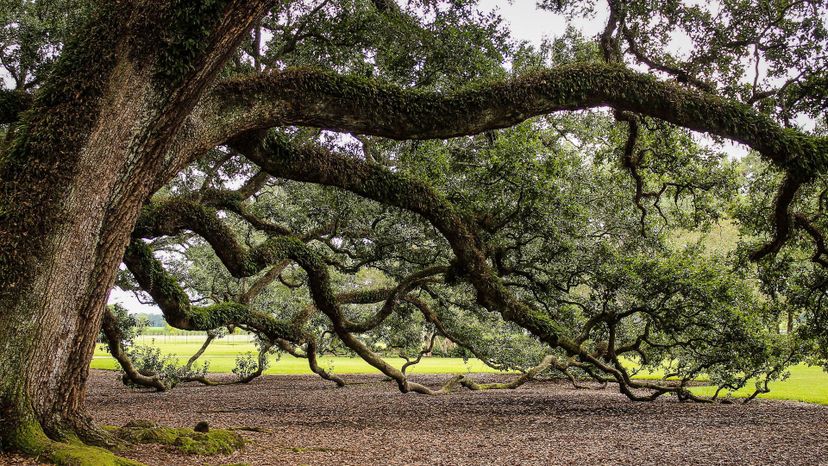
Oak leaves and acorns contain tannic acid, which is poisonous to some animals and can cause kidney and stomach problems. While you shouldn't feed them to a cow or horse, acorns can be eaten by people if the tannins are leached out first.
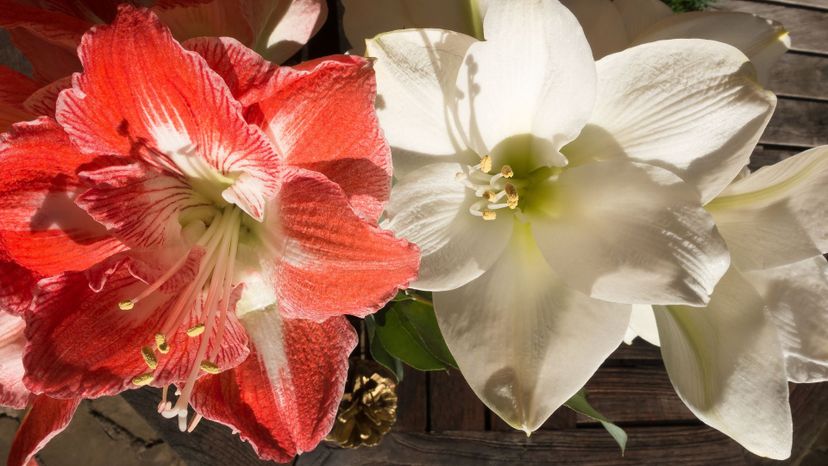
This small genus of flowering plant is a common staple during the holiday season. The amaryllis bulb is poisonous if ingested. It contains the toxin lycorine and can induce vomiting and cause abdominal pain.
Advertisement

This tropical flower native to the Caribbean, South America and Mexico is known for its unique fragrant clusters of bright colors and lasting flowers. Frangipanis possess a toxic milky sap that can cause severe eye, skin and gastrointestinal irritation in pets.
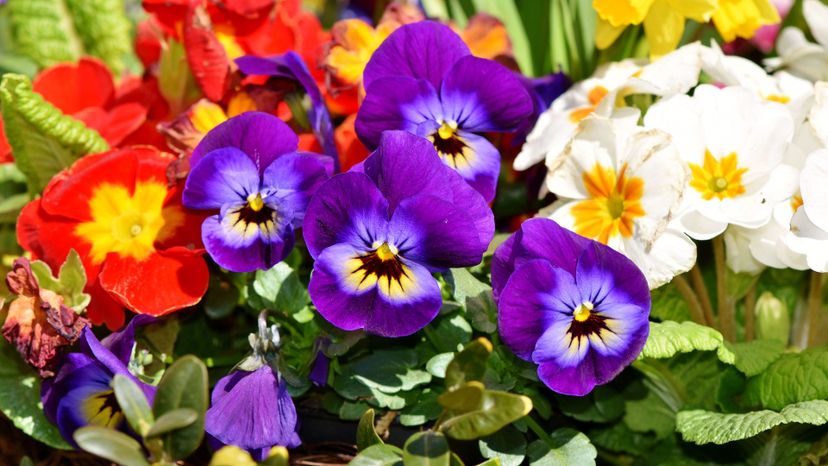
These cheerful, blooming flowers prefer cool weather. The pansy plant is not poisonous, but it has the potential to be toxic if ingested in high volumes. Adverse effects are due to saponins, which are found in high concentration in the root of the plant.
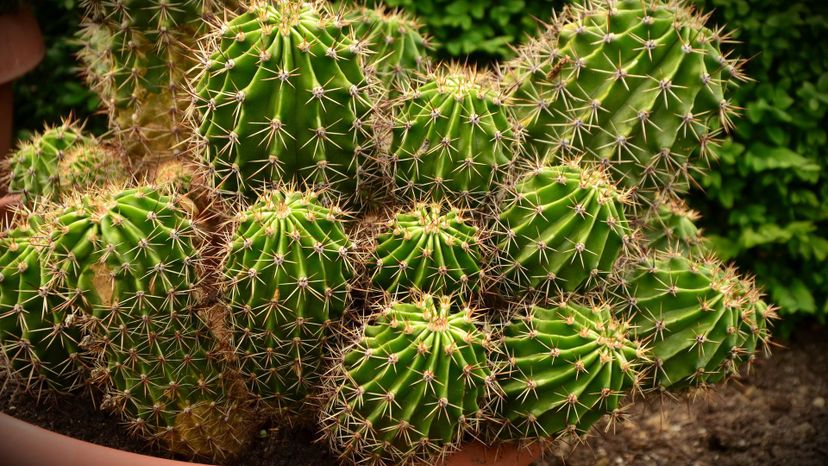
No species of this plant is poisonous. What gives the plant its nefarious reputation are the prickles or needles that become lodged in the skin when handled improperly. Irritation, redness and infection can come about when bacteria enters the skin after the needles are removed.
Advertisement
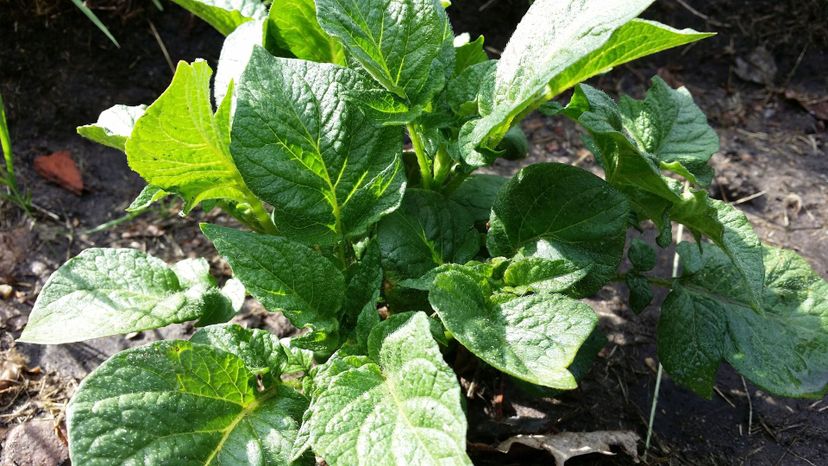
This plant has the potential to be toxic when the green tubers or new sprouts are ingested. Small levels of solanine are found in the potato plant; this toxin has the ability to cause gastric distress, shock and paralysis.
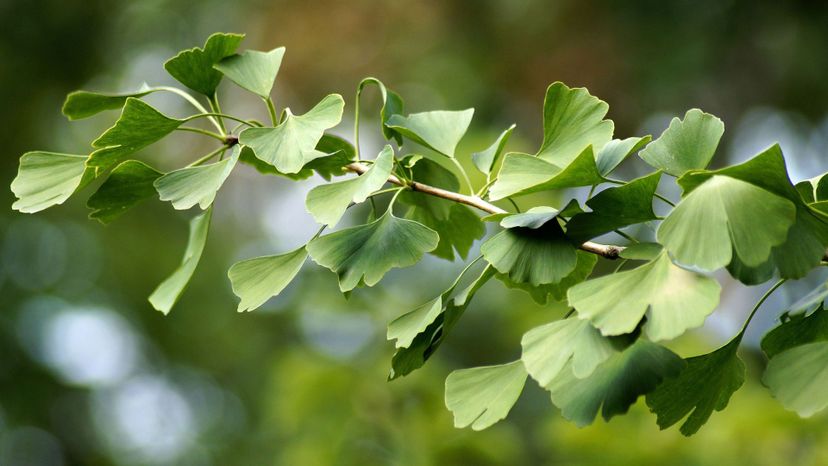
The seeds of the ginkgo plant contain an antivitamin called ginkgotoxin. The plant is used as a dietary supplement to help with a variety of health ailments; however, eating too much of the seeds can cause epileptic seizures and may be life threatening.
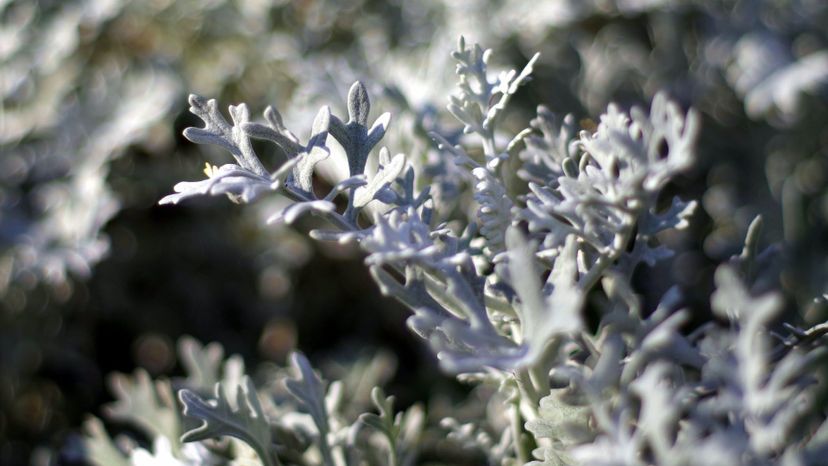
This herb is used for medicinal purposes. The wormwood plant is an above-ground shrub that is used to treat worm infestations. The chemical thujone is found in the plant and is distilled to create a high concentration that is used in the alcohol called absinthe.
Advertisement
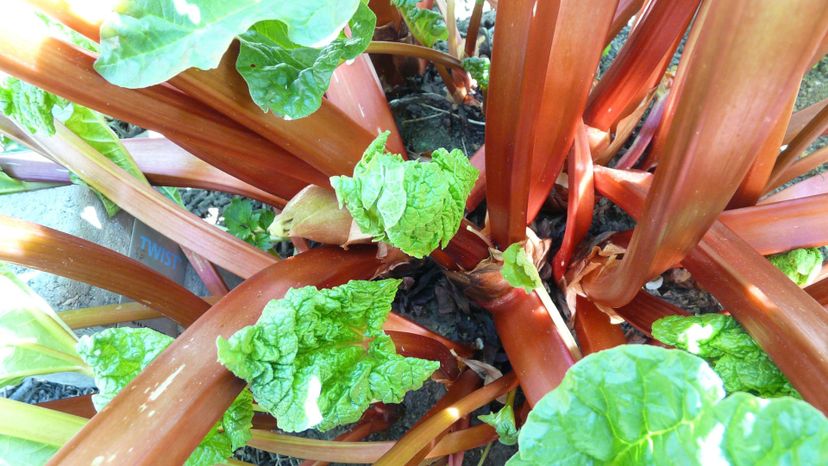
The leaves of the rhubarb plant are highly poisonous; they contain a high amount of oxalic acid, which can cause nausea and vomiting. A human being would have to consume nearly 11 pounds of rhubarb leaves to cause death.
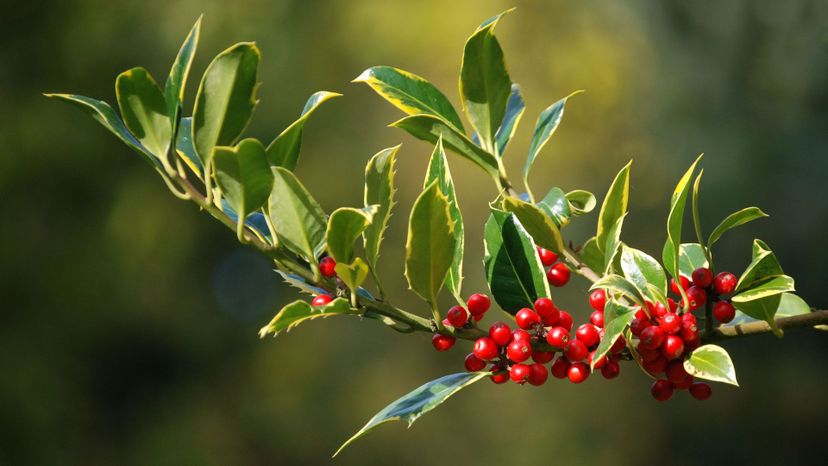
When the Christmas season rolls around, this festive red and green plant is used as an ornamental decoration. Holly can cause severe gastrointestinal ailments if ingested because of its high concentration of saponins and cyanogens.

The leaves and spine of the stinging nettle are covered in tiny hairs. When contacted, the needles inject histamine into the tissue of people and animals and can cause swelling, redness and intense itching. If your dog or cat eats stinging nettle, it will cause excess salivation, vomiting and muscle twitching.
Advertisement
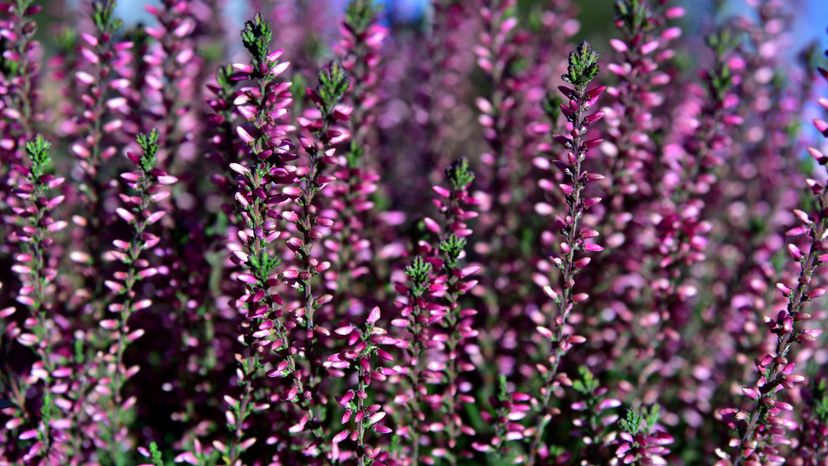
This flowering plant is a low perennial shrub that grows to about 20 to 50 centimeters. The plant is not considered toxic to pets. If ingested, it can induce upset stomach and vomiting.
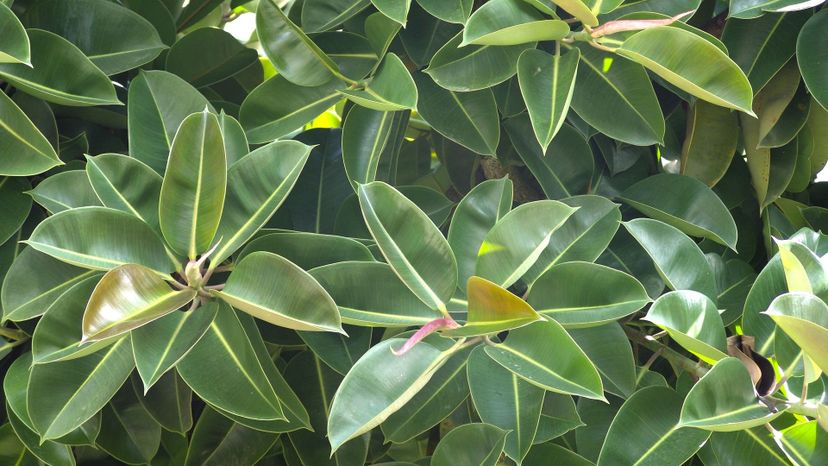
The rubber tree, of Ficus elastica, is a popular ornamental plant can grow up to 30 meters tall. Luckily, no part of this plant cause death for people. However, it is extremely toxic to pets. The plant can induce vomiting if eaten and also severe irritation just from brushing up against it.
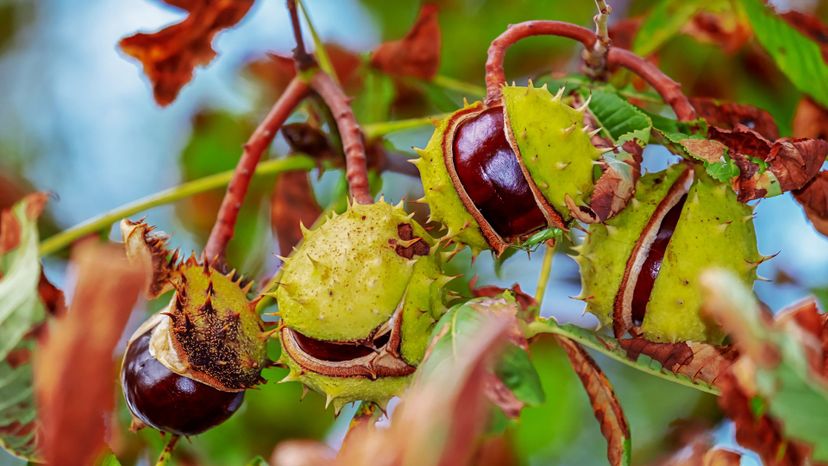
The leaves, sprouts, chestnut and seeds of this plat are all poisonous. The highest concentration of the toxic chemical aesculin is found in the sprout and seeds. If eaten, high levels of the chemical build up in the bloodstream and wreak havoc on the central nervous system.
Advertisement
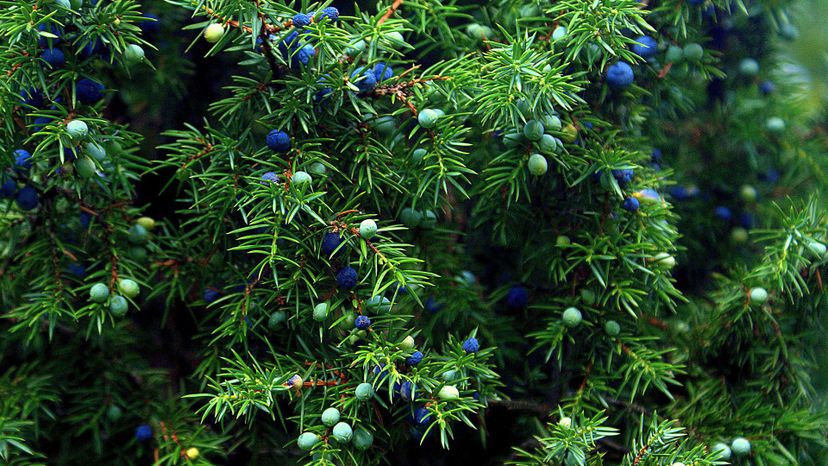
Of the 40 species of juniper, just a few are poisonous, and only one type is used to make gin -- sometimes called "mother's ruin" in Britain, as it was a cheap way to drink away one's sorrow in the old days. For pregnant women, eating juniper berries can also increase the chances of miscarriage.